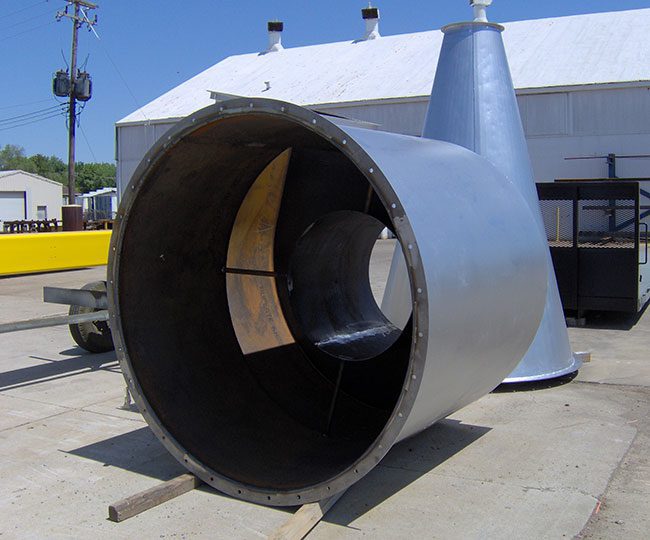Overcoming a Major Obstacle in Sheet Metal Bending
 When it comes to sheet metal fabrication, there are always a number of issues to be concerned about. Some of those issues are caused by human error; miscalculations or straying from the job specifications are just a few examples. Others are not so avoidable. Sometimes, there are simply other forces that come into play that affect the outcome of the project. One of these most anticipated, yet very common problems of sheet metal fabrication is the issue of springback.
When it comes to sheet metal fabrication, there are always a number of issues to be concerned about. Some of those issues are caused by human error; miscalculations or straying from the job specifications are just a few examples. Others are not so avoidable. Sometimes, there are simply other forces that come into play that affect the outcome of the project. One of these most anticipated, yet very common problems of sheet metal fabrication is the issue of springback.
What is springback, and why does it matter?
What many people don’t realize is that the process of bending sheet metal is not a simple as merely using some force to bend the metal and being done with it. In all actuality, there are two main types of bend angles that press brake operators look at: the bending angle and the bent angle. They might seem like the same thing, but in actuality, they are not. The bending angle is the initial angle that the metal sheet must be over-bent to using a punch and die. However, the metal will not remain in this position after removed from the press. The bent angle is the intended angle of the sheet metal that is necessary for the project. The difference between these two angles is what is known as springback. Simply put, springback is that point where the sheet metal naturally tries to return back to its original shape (due to the metal’s elasticity) after the metal is released from the forces of the forming tool. Not accounting for this factor will compromise the dimensional accuracy of the project.
Springback and the Science Behind it
We could list several math equations and show you bend allowance and bend deduction charts, talk about the K Factor, or angular proportions between punches, dies, and sheet metal bend radii; but the truth is, that information usually isn’t relevant or even interesting to those outside of the fabrication industry. If you’re really interested in learning those specific details, we can help point you in the right direction. For now, though, here’s a bit of science that would be helpful in understanding springback.
- When thin metal sheets or plates are bent, they have two angles, an inner angle and an outer angle.
- The inside bend angle experiences compressive forces while the outside bend angle experiences tensile forces acting on it.
- The difference in the molecular densities of the metal within these two bend angles is what causes springback (or spring-forward in some instances).
- The amount of springback that occurs is directly related to the material being used and the bend radius being produced.
Fortunately, there are mathematical formulas and computer programs available that are able to calculate the estimated springback that a metal will experience after being released from the pressures of the forming tool.
Compensating for the Problem of Springback
When looking for ways to compensate for springback, it’s necessary to consider the angles of both the punch and die being used for the fabrication. Expert fabricators will be able to accurately predict the amount of springback by considering the specific steel alloy being used and the degree of the bend radius. As the die angle gets narrower, the die opening widens. The larger the bend radius, the greater the springback. Because of the natural occurrence of springback, the sheet or plate must be over-bent by a few degrees or more. Being careful to calculate over-bending precisely is crucial to ensuring that the final product meets all desired specifications and parameters.
Press Brake operators must always be aware of the presence of springback every time they bend a sheet or plate of metal. Simply choosing a completed bend angle will not provide the intended specifications for the product at the end of the job. Ignoring the presence of springback will mean added time and expense on the project. However, through added pressure, tool configurations or automatic compensation devices, the concerns related to springback can be kept to a minimum.
The press brake operators at Swanton Welding Company have been bending metal with precision and ease for 60 years. Does your company have an upcoming project that requires precise metal fabrication? Contact our office today to request a quote and get more information.

